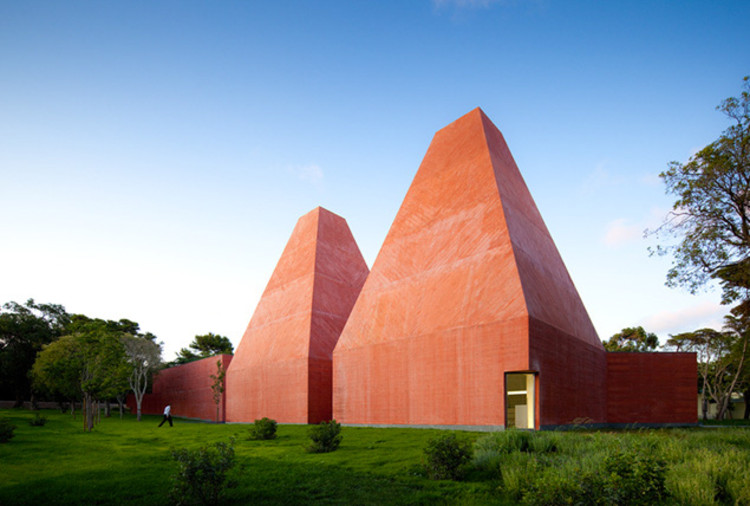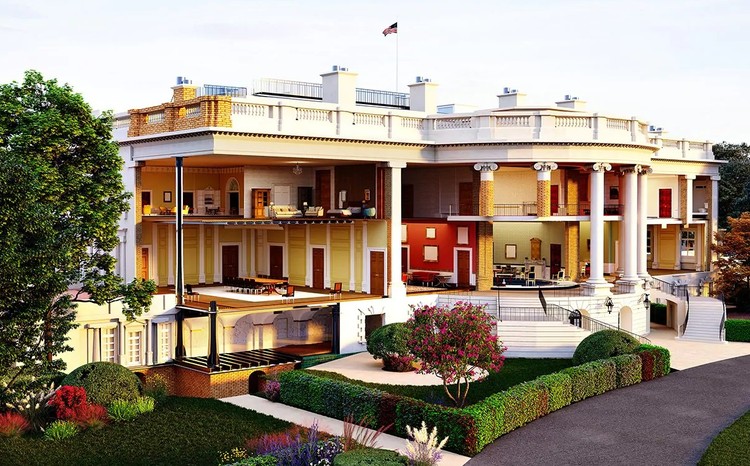
The Midnight Charette is an explicit podcast about design, architecture, and the everyday. Hosted by architectural designers David Lee and Marina Bourderonnet, it features a variety of creative professionals in unscripted and long-format conversations that allow for thoughtful takes and more personal discussions. Honesty and humor are used to cover a wide array of subjects: some episodes provide useful tips for designers, while others are project reviews, interviews, or simply explorations of everyday life and design. The Midnight Charette is available for free on iTunes, YouTube, Spotify, and all other podcast directories.

On this episode of The Midnight Charette podcast, hosts David Lee and Marina Bourderonnet discuss how to design a résumé to get hired, covering what to include if you have little experience, résumé length, what offices look for in a résumé, how to stand out, how it should be structured, custom graphics, font size, including addresses and headshots, and more. If you have any questions or advice about portfolios or any other design-related topics, leave a voicemail at The Midnight Charette hotline: 213-222-6950.







.jpg?1563519226)
.jpg?1563519226)
.jpg?1563518433)
.jpg?1563518775)
.jpg?1563519897)
.jpg?1563518401)




















.jpg?1564082996)
.jpg?1564082938)




























.jpg?1563871474)
.jpg?1563871762)
.jpg?1563871762)





